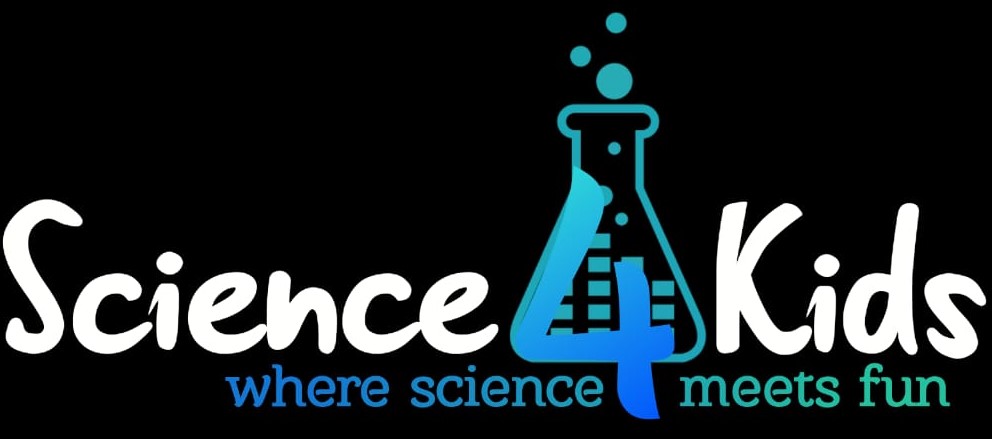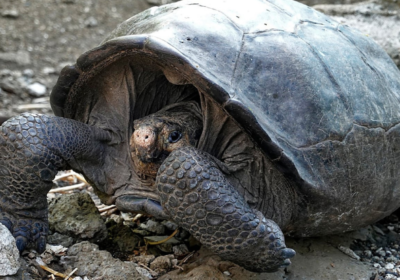Is our Moon or Luna the only natural satellite that orbits Earth? Scientists have debated this topic for several decades. Of late, this question has again grabbed headlines. In 2018, a group of Hungarian scientists discovered that the Earth has two hidden moons, or so it can be called. So does Earth have 3 moons altogether now?
How Does Earth Have 3 Moons?
Earth has two extra moons. Where did they hide till now? Turns out, these new moons are not exactly solid moons. They are entirely made of dust clouds. After several years of speculation, in 2018, a group of Hungarian astronomers and physicists confirmed the existence of these dust clouds.
Kordylewski clouds
The new moons have been named as ‘Kordylewski clouds,’ after the Polish astronomer Kazimierz Kordylewski, who first reported their existence in 1956. He managed to photograph two bright patches near Earth’s orbit. He took the observations from the mountain peak, Kasprowy Wierch, in Poland.
Studies have shown that a Kordylewski cloud is about 15 by 10 degrees wide, which means that it is almost nine times wider than Earth. Though they measure up to a large area, the individual dust particles which make the cloud measure hardly one micrometer.
How did they hide?
Kordylewski clouds are very faint, and so it is difficult to detect them against galactic light. It is rarely visible from Earth to naked eye. But people have claimed spotting them on exceptionally clear nights, especially in deserts or mountains. Scientists confirmed their existence using special polarizing filters in their camera.
Kordylewski clouds are present in the orbital area called Lagrange point. This is the reason why they remain where they are. Lagrange point is a position in space where the gravitational pull and centripetal force of two orbiting bodies match in such a way that the smaller object remains in the same position relative to the larger object. Though the clouds always remain in orbit, the dust particles comprising it keep changing. They keep swapping with other particles.
This is a piece of information that might have immense significance in the years to come, as our scientists reach greater heights in space research.
Did you find this interesting? Visit our Fascinating Facts section, and find a lot more.
Here’s Something You Might Like
As a participant in the Amazon Associates Program, Science4Kids may earn from qualifying purchases.




